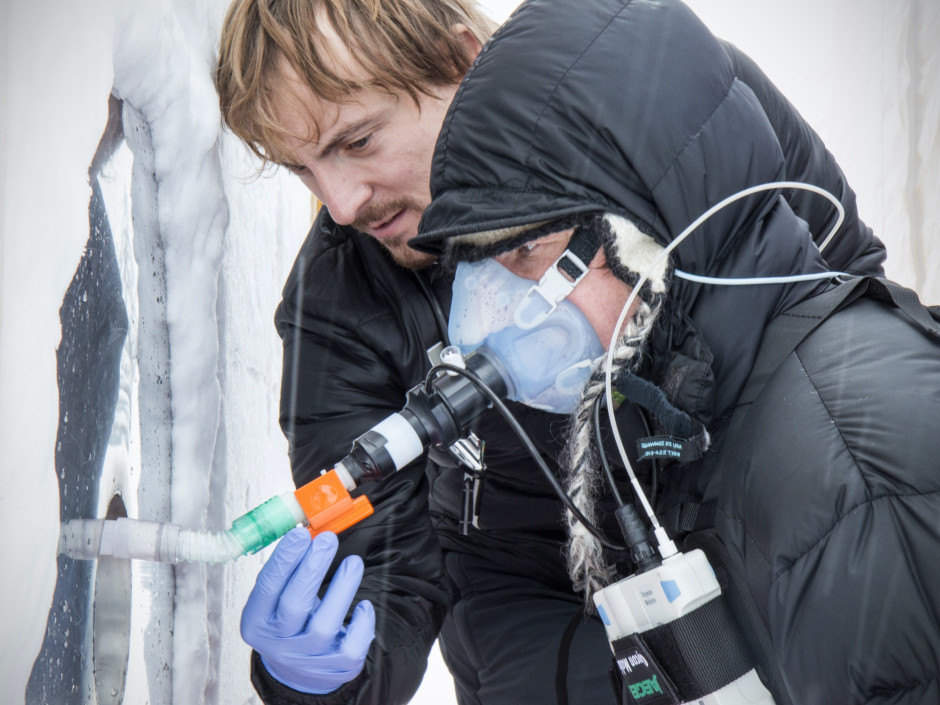Snow density affects survival under an avalanche
A study coordinated by Eurac Research and conducted in the Italian Alps in 2014 showed how snow consistency is crucial for the ability to breathe.
It was the first study in the world to experimentally demonstrate the existence of a direct relationship between the snow characteristics and the ability to breathe under an avalanche with a cavity in front of the mouth: the lower the snow density, the greater the amount of oxygen available for the victim and therefore the greater the chances of survival. To achieve these findings, researchers from Eurac Research, University of Innsbruck and the Institute for the Study of Snow and Avalanches (SLF) in Davos monitored in 2014 a group of 12 volunteers that were breathing in a cavity dug into an artificial avalanche characterized first by winter snow and then spring snow.
The results, published recently by “Scientific Reports”, Nature’s online journal, have shown how the snow can supply oxygen and, in some cases, is also able to absorb the carbon dioxide emitted by the patient, thus delaying asphyxiation.
The avalanche burial was simulated at three different times throughout the winter: in January when the snow is typically light and dry, then in February and March, when the snow becomes increasingly heavy and wet. The analysis of the recorded parameters during the tests showed that in the presence of snow that is drier and less dense, the volunteers had a good level of blood oxygenation and a suitable ability to breathe for the entire thirty minutes foreseen by the test. Snow that is dense and wet, on the other hand, has a similar behaviour to that of a plastic bag: it limits the exchange of gas between the cavity and the surrounding snow and quickly inhibits the possibility of breathing. The tests conducted with this type of snow were in fact almost all interrupted due to the rapid development of a lack of oxygen in the blood of the volunteers.
"In an avalanche with medium-density snow, the snow mass can also contain 70 percent of air,” explains Giacomo Strapazzon, expert in Mountain Emergency Medicine by Eurac Research and first author of study. It is hence a resource both for the oxygen that it releases and for the disposal of the carbon dioxide that is emitted while breathing. Therefore, together with the size of the cavity in front of the mouth, the density of the surrounding snow is also a determining factor for the survival of a victim buried by an avalanche."
Tests in Alta Pusteria have also brought out other aspects that are deemed worthy of new research studies. If it is now clear that dense and wet snow creates problems related to the lack of oxygen, the researchers have found unexpected requests for suspension of the test even with low-density snow. In these cases, the interruptions were related to the appearance of malaise and symptoms probably due to an excess of carbon dioxide in the cavity. This evidence, according to the researchers, could be linked to particular physical and chemical properties of snow which, even at very low densities, may fail to absorb carbon dioxide as would be expected. "This evidence surprised us and shows how the snow is an extremely complex element and has yet to be studied in detail," concludes Strapazzon.
How the study was conducted
In Braies, researchers recreated an artificial avalanche and excavated a cavity in the snow mass. To make the tests safe and less invasive, the 12 volunteers were not positioned under the snow, but sat outside the avalanche and breathed through a tube connected to the cavity. Each volunteer breathed for 30 minutes in cavities of the same volume at three different times of the winter season. During the tests, researchers from Eurac Research, the Medical University and the Institute of Sports Medicine of the University of Innsbruck monitored several key parameters for survival. They examined, for example, the level of oxygen and carbon dioxide, both in the volunteer’s blood and in the cavity, and other vital functions such as the heartbeat and the breathing characteristics. To have a comparison with a closed system that, as opposed to snow, does not allow air to pass, the volunteers tried to breathe in a plastic bag with the same volume as the cavities that were dug in the snow.
At all times of testing, researchers from the Snow and Avalanche Research Institute (SLF) of Davos took snow samples in order to conduct in-depth analyses as well as a computerized tomography (TAC).
Watch the movie
Related Articles
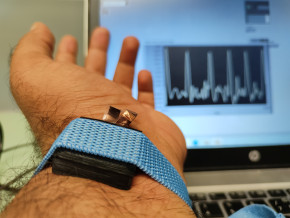
Tecno-prodotti. Creati nuovi sensori triboelettrici nel laboratorio di sensoristica al NOI Techpark
I wearable sono dispositivi ormai imprescindibili nel settore sanitario e sportivo: un mercato in crescita a livello globale che ha bisogno di fonti di energia alternative e sensori affidabili, economici e sostenibili. Il laboratorio Sensing Technologies Lab della Libera Università di Bolzano (unibz) al Parco Tecnologico NOI Techpark ha realizzato un prototipo di dispositivo indossabile autoalimentato che soddisfa tutti questi requisiti. Un progetto nato grazie alla collaborazione con il Center for Sensing Solutions di Eurac Research e l’Advanced Technology Institute dell’Università del Surrey.
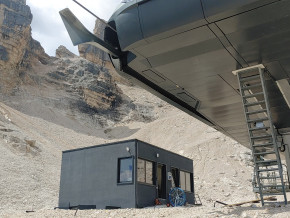
unibz forscht an technologischen Lösungen zur Erhaltung des Permafrostes in den Dolomiten
Wie kann brüchig gewordener Boden in den Dolomiten gekühlt und damit gesichert werden? Am Samstag, den 9. September fand in Cortina d'Ampezzo an der Bergstation der Sesselbahn Pian Ra Valles Bus Tofana die Präsentation des Projekts „Rescue Permafrost " statt. Ein Projekt, das in Zusammenarbeit mit Fachleuten für nachhaltiges Design, darunter einem Forschungsteam für Umweltphysik der unibz, entwickelt wurde. Das gemeinsame Ziel: das gefährliche Auftauen des Permafrosts zu verhindern, ein Phänomen, das aufgrund des globalen Klimawandels immer öfter auftritt. Die Freie Universität Bozen hat nun im Rahmen des Forschungsprojekts eine erste dynamische Analyse der Auswirkungen einer technologischen Lösung zur Kühlung der Bodentemperatur durchgeführt.
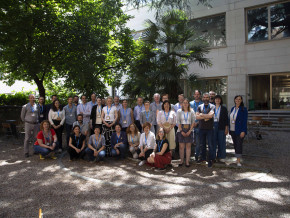
Gesunde Böden dank Partizipation der Bevölkerung: unibz koordiniert Citizen-Science-Projekt ECHO
Die Citizen-Science-Initiative „ECHO - Engaging Citizens in soil science: the road to Healthier Soils" zielt darauf ab, das Wissen und das Bewusstsein der EU-Bürger:innen für die Bodengesundheit über deren aktive Einbeziehung in das Projekt zu verbessern. Mit 16 Teilnehmern aus ganz Europa - 10 führenden Universitäten und Forschungszentren, 4 KMU und 2 Stiftungen - wird ECHO 16.500 Standorte in verschiedenen klimatischen und biogeografischen Regionen bewerten, um seine ehrgeizigen Ziele zu erreichen.
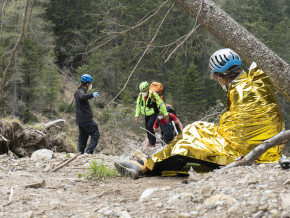
Erstversorgung: Drohnen machen den Unterschied
Die Ergebnisse einer Studie von Eurac Research und der Bergrettung Südtirol liegen vor.
